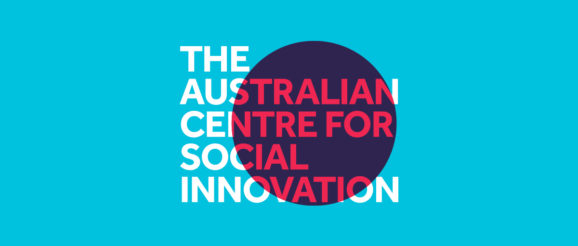Bringing rocket science to volunteering – The Australian Centre for Social Innovation

“There’s heaps of innovative practice and ideas already, but it hasn’t always gone to scale, or across countries,” says Anna Trahair, who heads up the innovation fund.. “And, at the same time, technology is creating new opportunities. Significantly there are some parts of the population that find it hard to participate in volunteering, but would love to. For example, people with disabilities and professionals who can’t leave their jobs and families for two years.”

Anna Trahair, AVP’s innovation manager in action at an Innovation Training Camp in Cambodia.
Innovation in organisations often starts with a particular idea or problem that needs to be solved. Innovation in the Australian Volunteers Program started in a different place, with the budget to design and run an innovation fund that would create the conditions for effective innovation – all the way from idea to program integration.
At the height of the space program, NASA was allocated 4% of GDP and created jobs for half a million people. The resources for the Australian Volunteers Program innovation fund are a bit more modest – they receive funding of approximately 1% of the Program budget, plus a person, Anna. Now, Anna’s time is supplemented by an innovation coordinator (Karla), an innovation partnership with TACSI and a team of 16 Innovation Associates, 10 of which are volunteers spread across 15 countries.
“This is an emerging approach in the public sector, and it’s increasingly being talked about but it’s not very well understood at this point,” says Dr Elizabeth St George, who supports innovative practice at DFAT and is a long standing member of the Innovation Pathways Group, who help the Australian Volunteers Program make decisions about what progresses through the pathway and what doesn’t. “In the private sector there have been processes around selecting and developing ideas for some time, but in the public sector something like this is very new.”
Members of the IPG in Canberra making decisions on what to advance in the pipeline. Dr Elizabeth St George is pictured fourth from the right (in pink)
There’s some precedent for using the stage-gate process in the public sector for digital service development, but this may be a rare example of a non-digital application. Given that stage-gate processes wrap some healthy bureaucracy around innovation, you might in fact expect them to be more popular in government than they are.
Anna describes the innovation fund and the stage-gate process as looking for ‘a burden of proof’. “At the outset we’re looking for a believable balance of evidence, just in the same way that a legal system and courts look for evidence,” she says. Anna has a legal and engineering background and brings a level of clarity to innovation decision-making that’s very different to innovation managers coming from a more creative or art-based training. It may very well turn out to be the way of thinking that’s needed to mainstream innovation in the public sector.
DFAT, who have been closely involved in the development of the approach and in decision making, have demanded rigour throughout the process. For Elizabeth, there are benefits of having a well-defined process, for both decision-makers and innovators.
“It’s a way of bringing together program managers to clarify their expectations about what they are trying to achieve and where they are going,” she says. “This way, they can select innovations that are most likely to achieve the kinds of impact they’re looking for.”
Another stream of work is exploring if there just might be something new out there in volunteering, by taking a ‘speculative futures’ approach to exploring volunteering in 2050. Who knows what the future might bring…
